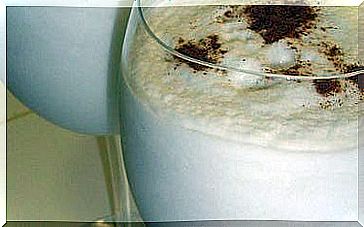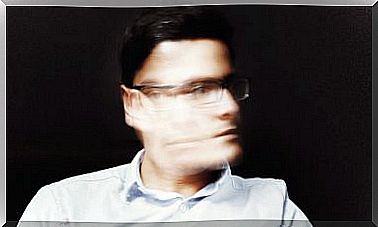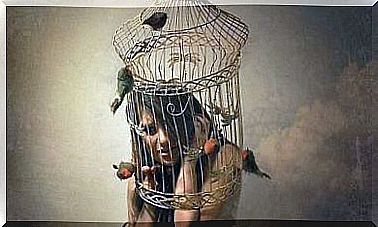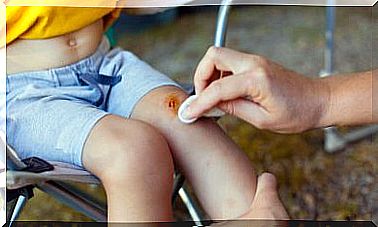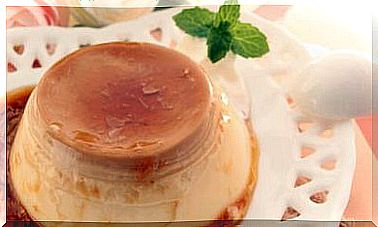What Is Chiropody?
Many foot conditions are not taken seriously, as they are mistakenly thought not to lead to more serious problems. Chiropody is a treatment that prevents and treats abnormalities in the feet to avoid more serious difficulties.
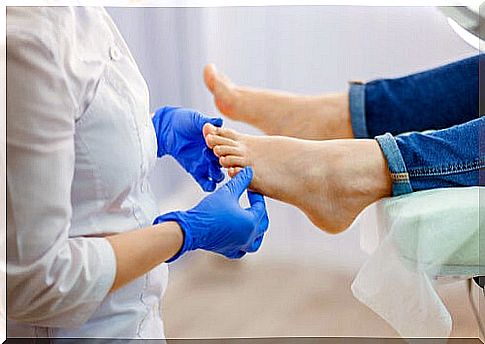
The word chiropody is still unknown to a large number of people, especially if they are young. It is a procedure that is carried out on the feet to treat or repair some problems in them. It has medical purposes, but it also implies aesthetic results.
Chiropody is a way to keep our feet healthy. It is not uncommon for people to pay little attention to their feet, even though they are the fundamental vehicle of transportation for the human body. However, the problems that arise in them are not considered, in general, of great relevance.
Neglecting your feet is a mistake. Currently it is thought that it is advisable to visit the podiatrist -specialist in this area of the body- at least once a year. Keeping the feet in good condition increases the quality of life, and chiropody is one means of achieving this.
What is chiropody?
Chiropody can be defined as a treatment that is carried out on the feet to repair the possible alterations that occur in them, such as nail problems, calluses or abnormalities of the like. It also helps prevent discomfort from the use of inappropriate footwear.
The main goal of chiropody is to prevent foot pain and prevent minor injuries from getting worse, to the point of causing serious problems. This procedure also makes it possible to detect pathologies, such as foot fungus or the presence of papillomas, among others.
The usual thing is that within chiropody procedures are carried out to make a proper nail cut. The delamination of hyperkeratosis or removal of corns is also carried out, calluses or helomas are treated, and the feet are hydrated.
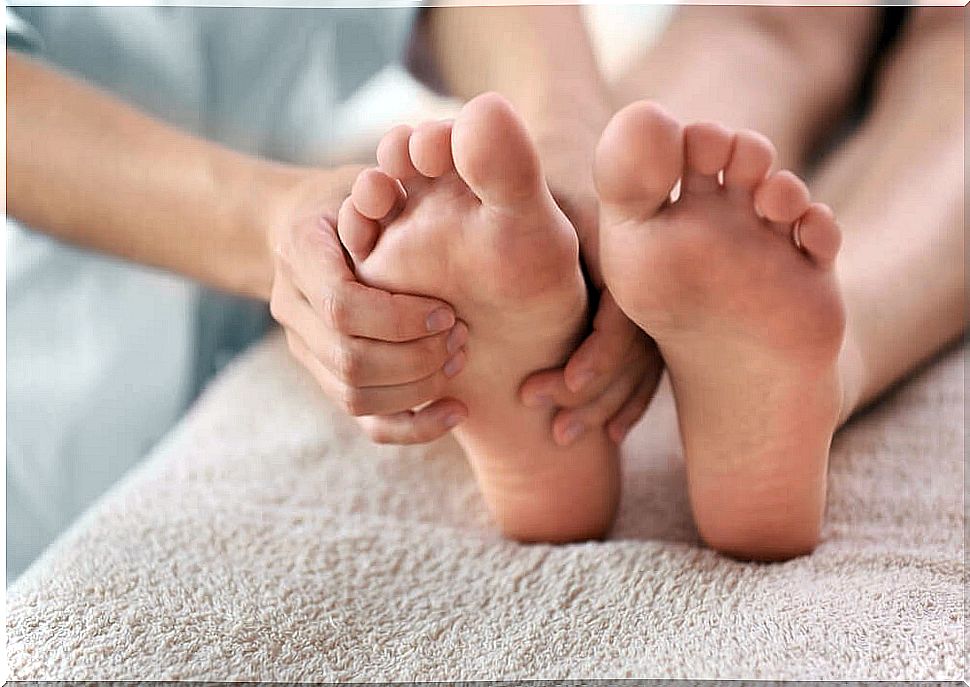
Chiropody interventions
The most frequent interventions that are carried out during chiropody are the following:
- Therapeutic cutting and milling of nails: Sometimes the nails have abnormalities in terms of structure, color or other. Correct cutting and filing is performed during chiropody to avoid pain and prevent inflammation or infection.
- Treatment of helomas or corns: Helomas are round, hard lesions that grow inward and are covered with calluses. They are produced by the accumulation of keratin and cause pain when walking or make it difficult to wear shoes.
- Delamination of hyperkeratosis: hyperkeratoses are thickening of the skin caused by the accumulation of cells in that area. They include helomas or corns, and papillomas or warts, which are benign tumors.
- Treatment of ingrown nails: ingrown nails are those that penetrate the skin, either due to alterations in the matrix or due to an inappropriate shape.
- Hydration and relaxing foot massage.
When and why to practice it?
Adults are the ones who most often require chiropody, but it can be practiced in people of any age, although it is very rare for a child to need it. It is advisable to visit the podiatrist once a year and he will indicate whether the procedure is necessary or not.
Chiropody has a reparative purpose, but also a preventive one. So you don’t have to have a mess to ask for a procedure like this. There are alterations that can go unnoticed and that are much more treatable if an early diagnosis is made.
Any type of alteration in the feet, such as corns, calluses, deformed nails or pain, can lead to more serious problems. Likewise, some systemic diseases, such as diabetes, require more detailed foot care.
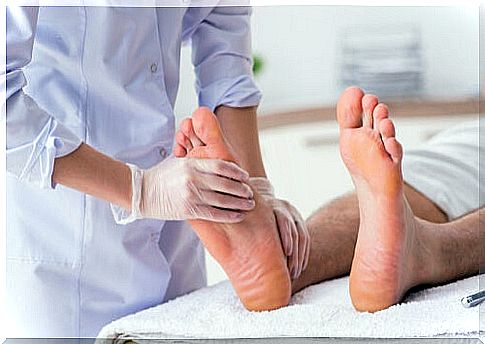
Data to take into account
Some people confuse chiropody with pedicure, but they are two very different procedures. The first is a medical treatment that must be performed by a podiatrist or by a specialized professional, while the second is an aesthetic procedure, which only makes a superficial intervention on the lesions.
Likewise, medical treatment not only addresses problems that have aesthetic consequences, but also allows the detection of other pathologies that can cause major problems, or that alter walking in some way. There are abnormalities such as diabetic foot, plantar fasciitis, tendonitis, or claw toes, which can only be detected by a doctor.
Chiropody is a procedure that usually only takes half an hour. It has no recovery requirements and shows its effectiveness in just two days. Professionals point out that the ideal is to have one of these procedures once a year.


